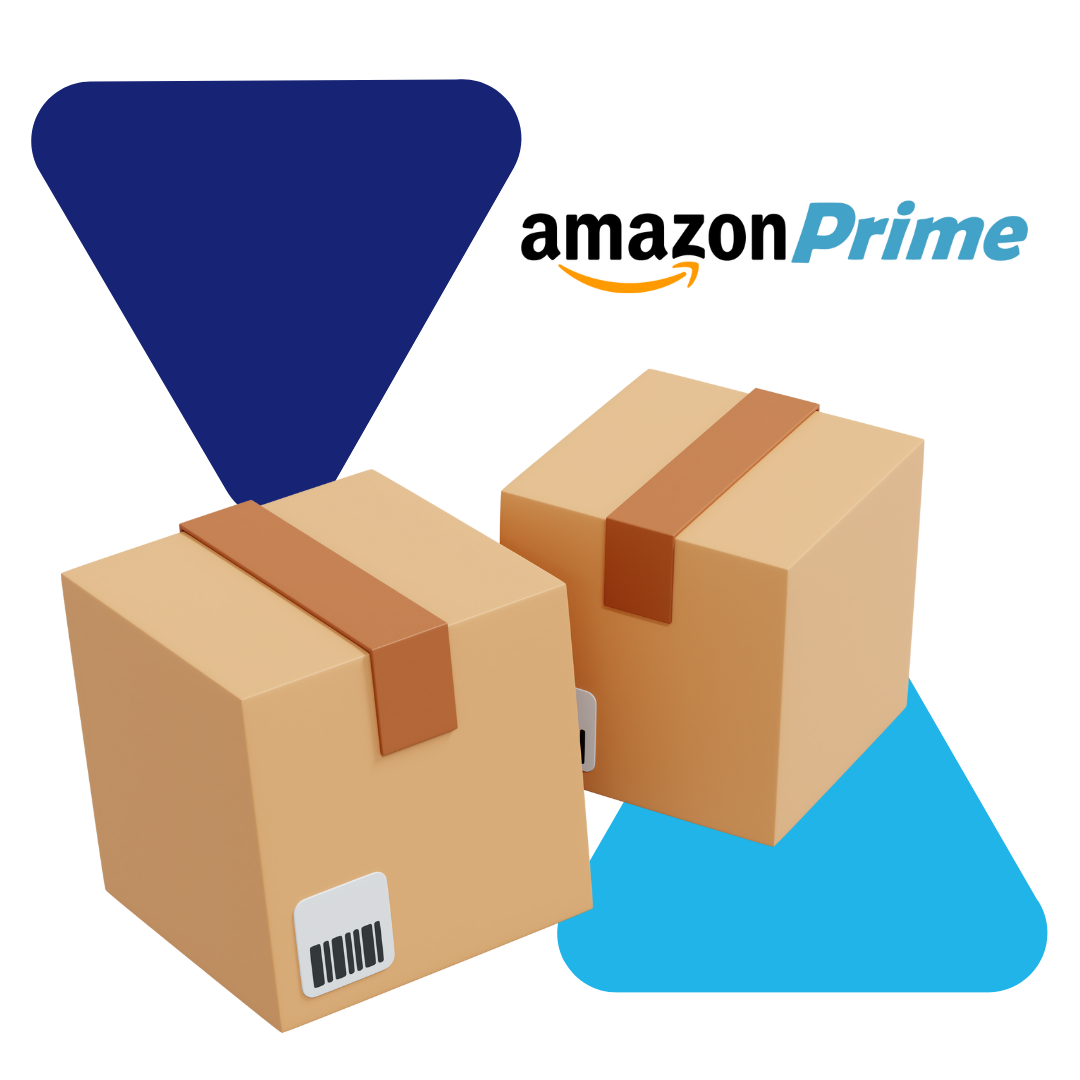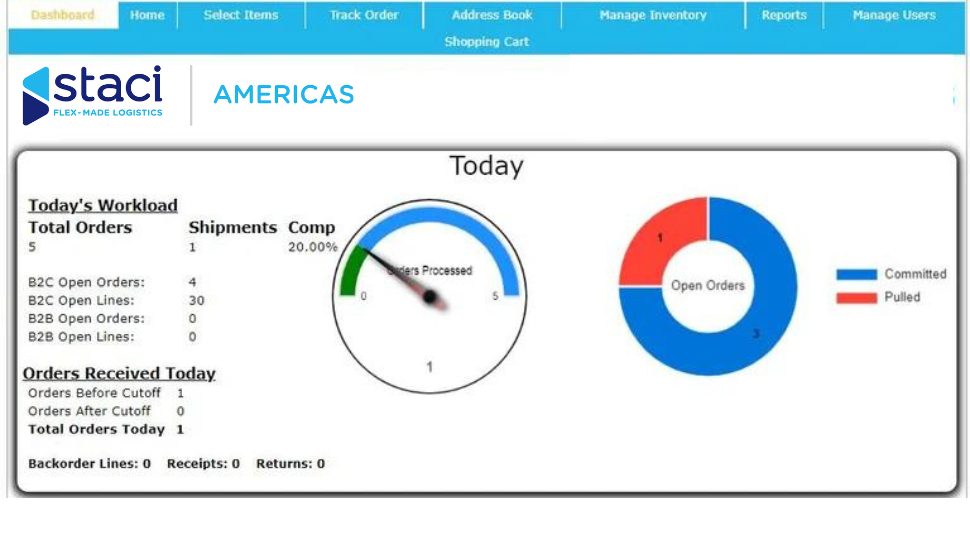Seller Fulfilled Prime
Staci Americas can be your fulfillment partner for Amazon's Seller Fulfilled Prime program. Using our national fulfillment center network, Staci Americas can get you there.

Benefits of Seller Fulfilled Prime with Staci Americas
While Fulfillment By Amazon may be the "easy" choice for some Amazon sellers, it's not always the smart one. Here are some ways Staci Americas allows you to meet Seller Fulfilled Prime requirements but offer flexibility that FBA cannot.
Nationwide Logistics for Prime 2-Day Shipping
At Staci Americas, we’ve built a nationwide logistics infrastructure so that you don’t have to. With 6 fulfillment campuses across the country, Staci Americas can meet Prime’s 2-day shipping requirement for all, or the vast majority, of your orders.

Staci Americas can handle SFP fulfillment for you
Staci Americas can handle SFP fulfillment for you


Real-Time Success Insights
Our easy-to-use web portal lets you log in and see what’s going on, right now (order status, inventory) or over time (trend reports, metrics) to keep you one step ahead of SFP’s metric-based requirements.
Customization – Staci Americas can handle any special packaging, kitting or labeling requirement you may have. FBA won’t support that level of customization, therefore, FBA is not the best choice for companies that care about a branded presentation.
Brand Experience – Items ship in your branded box. When FBA ships your product, it is shipped in an Amazon box. The customer experience is around Amazon.
Cost Savings – Amazon’s FBA program has high storage costs that rise during the holidays. With Staci Americas, you can control your costs by paying predictable rates for only the space and services you use.
Customer Service – FBA is not structured to respond to unplanned special requests and will not get to know your business. Conversely, your Staci Americas customer service team is available whenever you need them and will have thorough knowledge of your products to provide effective assistance.
Ready to get started?
We are here to answer your questions

